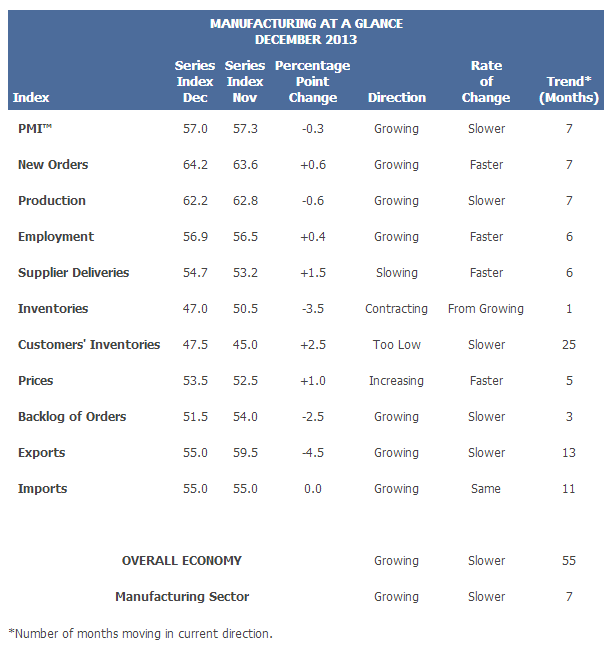Are you Collaborating?
Why does the answer change? Basically due to definition and the processes that are required.
So let’s begin by defining collaboration:
“The action of working with someone to produce or create something.”
Here are some of my questions.
- Do you share your sales forecast with your vendors?
- Are they part of your forecasting process?
- Do you receive your customers’ sales forecasts?
- Do you build your forecast based on your customers’ support?
- Do you work with your customer to build their forecast – are you part of their process?
- Do you build your pricing based on input from both your vendor and customer?
- Do you use joint inventory management processes such as Consignment Inventory and/or Vendor Managed Inventory?
- Do you offer your customers inventory allocation/reservations to support their forecast?
- How about automated processes such as:
- EDI
- Vendor portals for direct purchasing
- Customer portals for direct ordering
- What about your system capabilities?
- Can you integrate directly into other systems?
- Can you provide the necessary information?
- Can you consume the necessary information?
- Can you analyze the information and use internally as well as provide externally to partners?
Distributors are operating with razor thin margins and without real collaboration these margins can erode. With real collaboration you can increase these margins.
An example would be collaborating with a vendor.
- Provide a forecast for all items to be purchased
- Agree to delivery dates based on forecast with cancellation and over/under percentage
- Negotiate pricing based on forecast and over/under percentages and lead times
- Negotiate pricing breaks based on consolidated shipping methods – quantity/volume/dollars
- Reduce inventory costs by negotiating direct ships
- Reduce inventory costs by negotiating VMI inventory
- Be create on more collaborative agreements
- And more
So I ask my question again – are you collaborating?
Learn about Distribution solutions for Microsoft Dynamics AX
Dominic Telaro CFPIM, CIRM
VP Industry Solutions, SBS Group

